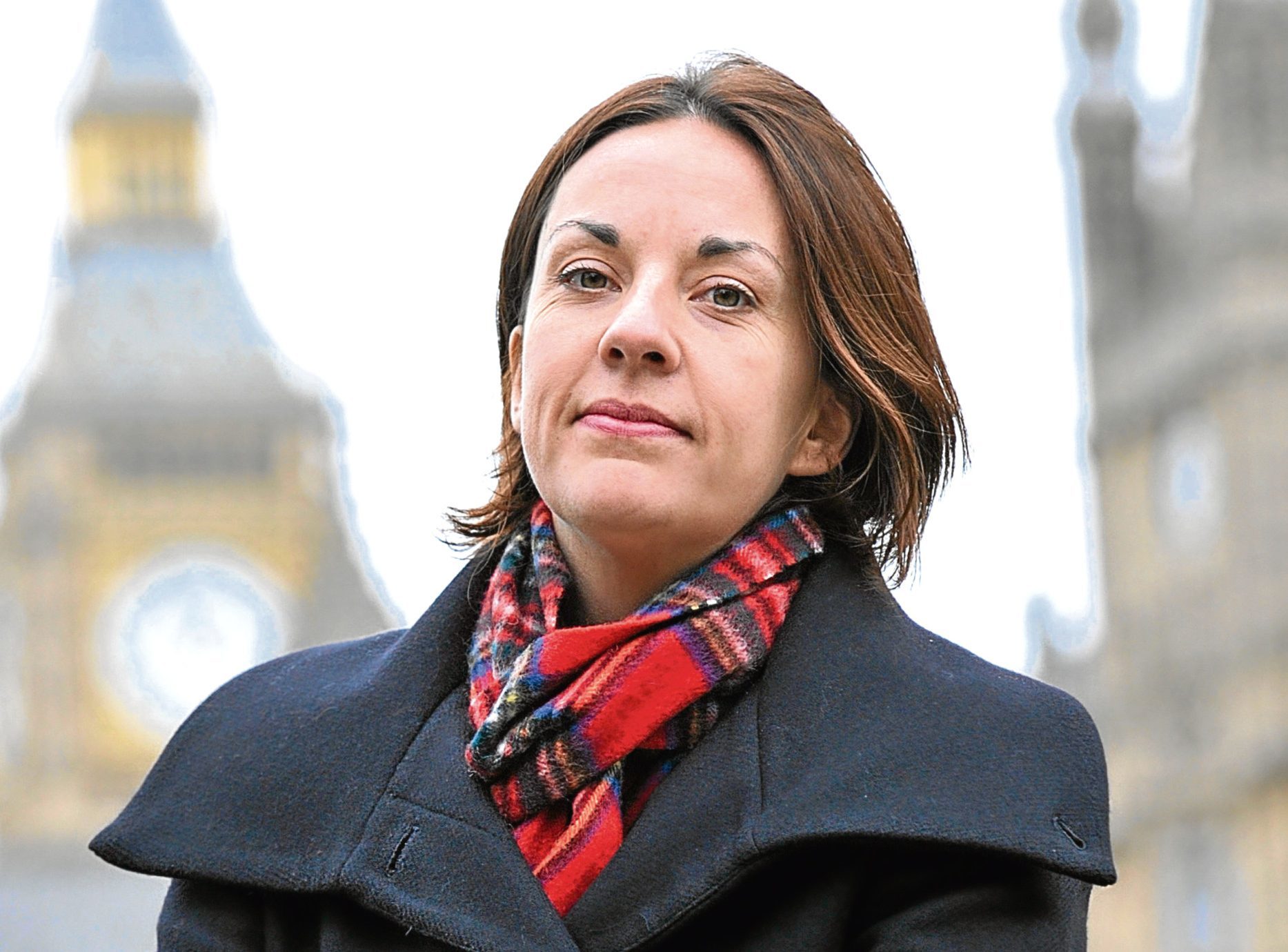
A Scottish Labour leadership contest is almost an annual event and, for a political party that refers to itself as the “Labour family”, it is increasingly exposed as a highly dysfunctional one.
Kezia Dugdale’s resignation was inevitably going to lead to some blood-letting.
But with the ballot now officially open to decide whether Anas Sarwar or Richard Leonard replaces her a painful spell of acrimony sees the contest immersed in accusations of plot, counter-plot, media leaks, vote-rigging, dirty tricks and even racism. Some family, this!
Scottish Labour may not be very good at winning elections any more but it is the first-past-the-post champion at ripping itself apart.
And the irony is that amid all the rancour one of the contenders, who has already served as both deputy and interim leader, pitches himself as both the anti-establishment candidate and the one to unify.
What has happened to Scottish Labour? It seems the old rallying cry of hope and solidarity has been replaced by bitterness and self-loathing and the electorate is understandably turned off.
Since Jack McConnell, whose six-year tenure would now qualify him as a veteran, its leaders have served two years on average.
And the question to ask any party that seems so unable to control its own future is: how can it be trusted with yours?
Labour used to be a party of inclusivity but it is now cloaked in resentment. If you’re not with ’em, you’re against ’em. And despite 10 years out of office at Holyrood, that sense of entitlement, that feeling that they have been robbed, persists.
It hates the SNP and has a myopic view of it and of the constitution. That puts it out of step with a large chunk of the Scottish electorate whose votes are no longer loyal to just one cause.
This was magnified during the independence referendum when Labour condemned its critics, isolated its own dissenters and joined hands with the Tories.
And unless it finds its purpose it is this that will keep it, to paraphrase Dugdale, “carping from the sidelines”.
Every party leader since Mr McConnell has told me the same thing: “We need to explain what we stand for”.
Instead, every one of them has focused on internal party structures, seeing their small victories in getting the UK party to give ground.
And meanwhile, it is that same UK party, led by Jeremy Corbyn, who Dugdale refused to support and who Sarwar called on to quit, that has brought a chink of hope to Scottish Labour and Corbyn clearly sees the advantage in stealing Westminster seats from the SNP.
But this also presents a dilemma for whoever is crowned the ninth leader of Scottish Labour since devolution.
He won’t just inherit a deeply divided party, he will have to engage with an electorate that has drifted away, has seen Corbyn hit-and-miss on Scottish affairs and, importantly, will no longer accept a branch office mentality.
The electorate will want to know what Labour could mean for Scotland. Not what Scotland could mean for the Labour Party.

Enjoy the convenience of having The Sunday Post delivered as a digital ePaper straight to your smartphone, tablet or computer.
Subscribe for only £5.49 a month and enjoy all the benefits of the printed paper as a digital replica.
Subscribe